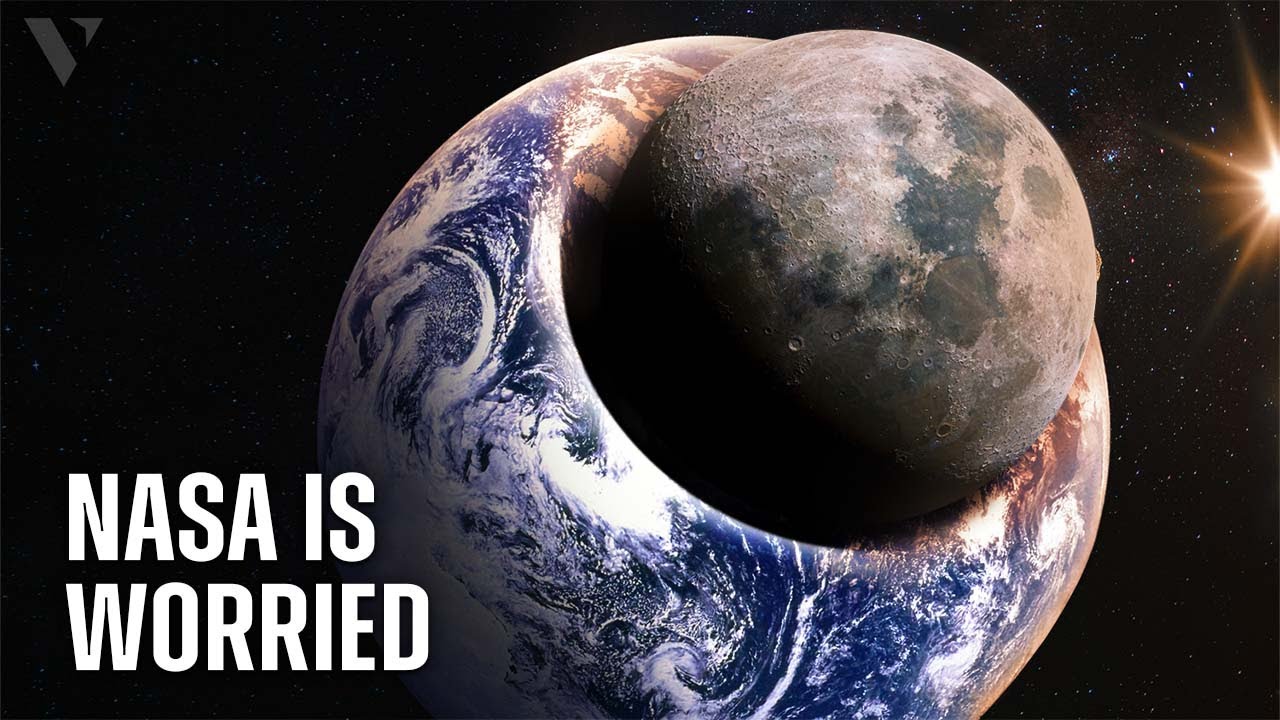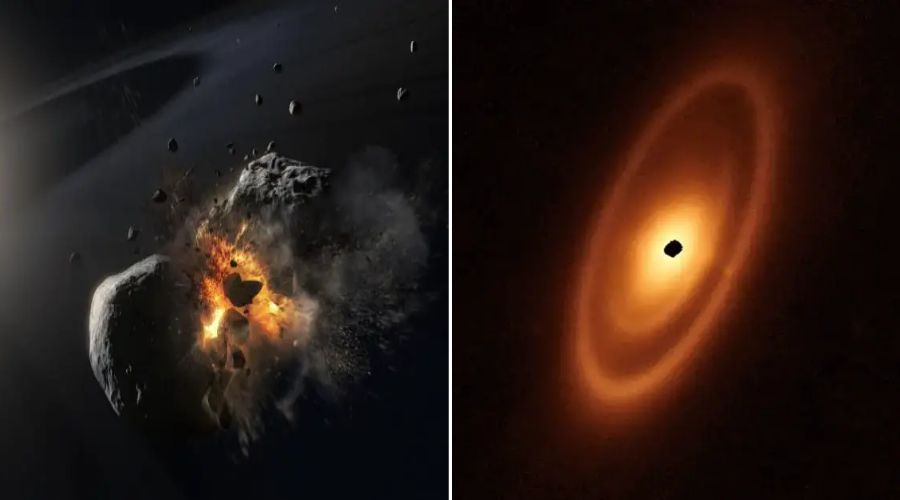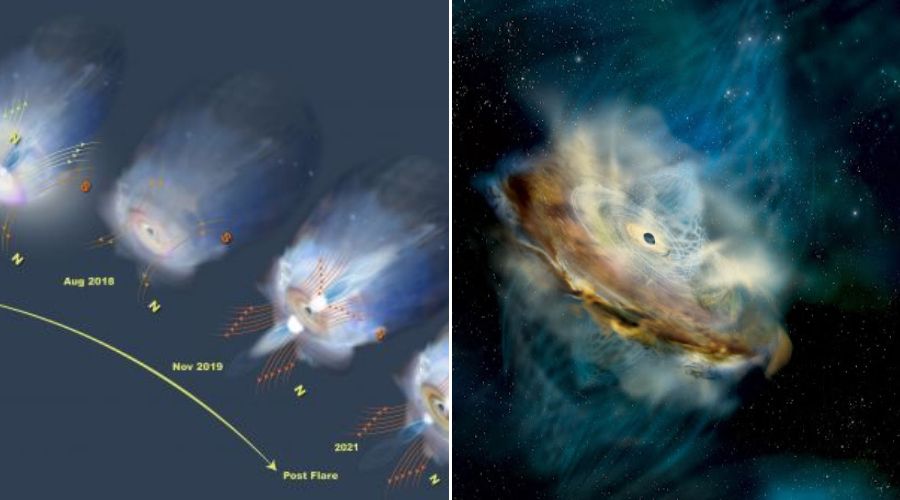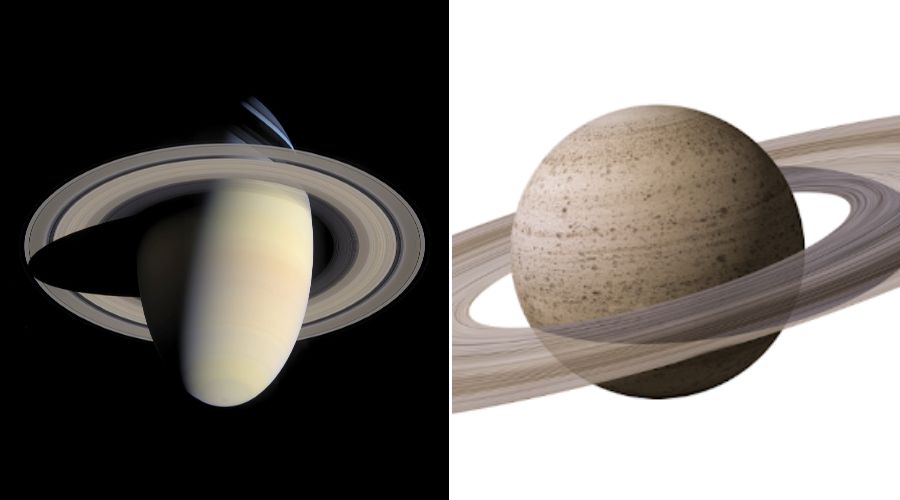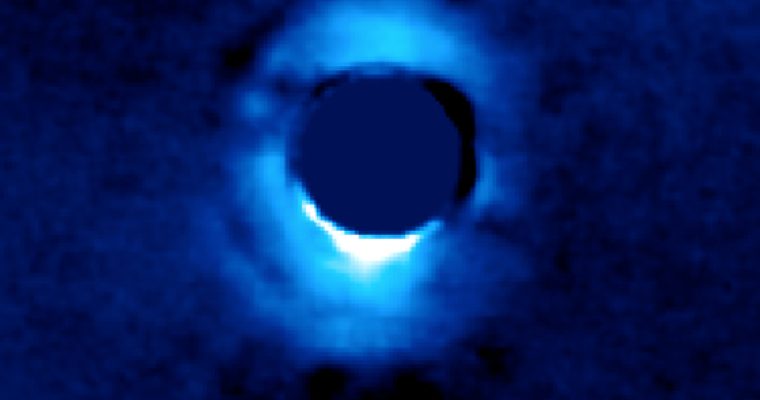The “largest-ever” image of the Andromeda galaxy put together by the Hubble Space Telescope was released by the American space agency N.A.S.A on Sunday.
The image of our neighbor in space was obtained seven years ago, and it is the sharpest huge composite image ever.
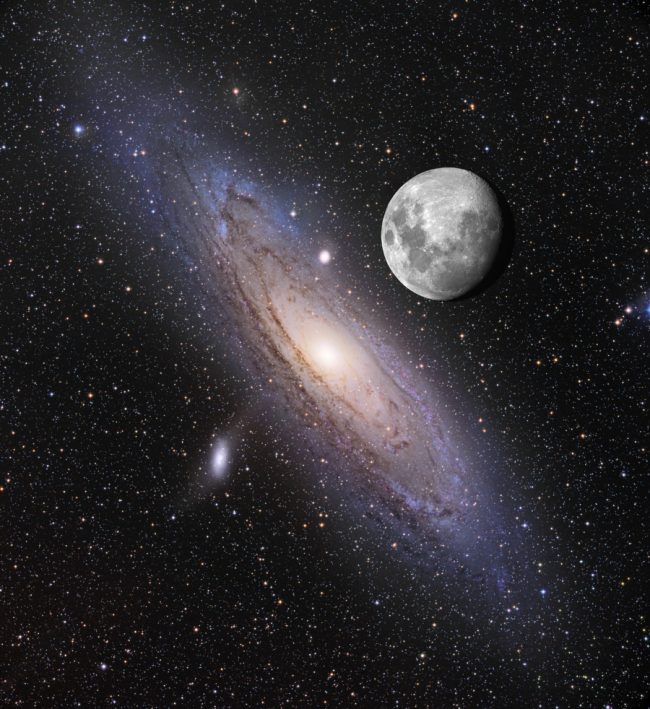
The image, according to the National Aeronautics and Space Administration, shows an area of the Andromeda galaxy that is 48,000 light years long and contains more than 100 million stars. The panoramic image is split into three pieces in the Instagram photo, with the final one showing a belt of blue stars and countless other stars dotting the scene.
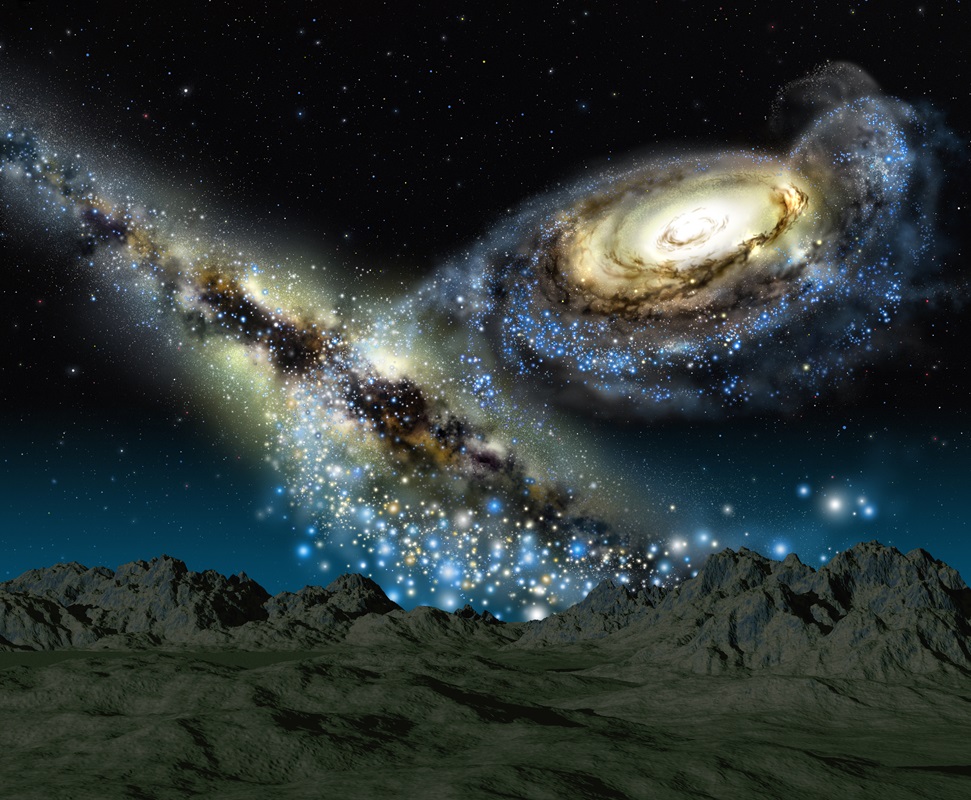
Since it was posted online, the picture has captured users’ attention. Nearly a million people have liked it. One person remarked, “It is absolutely wonderful.” Another person said, “It’s fantastic.” The third individual said, “Absolutely great.”

The space agency claimed that dozens of star clusters can be found because the Andromeda galaxy is 2.5 million light-years away. N.A.S.A claims that the size and structure of our Milky Way galaxy and the Andromeda galaxy are similar.

Notably, the picture was just reposted after being published in 2015. The portion of the galaxy that it represents is 48,000 light-years across, the organization claims, and is shown in its “natural visible-light color.” The galaxy is far closer to Earth than the countless galaxies Hubble has captured, which are billions of light-years away, N.A.S.A reported. “The galaxy is only 2.5 million light-years from Earth, making it a significantly larger target in the sky.”



